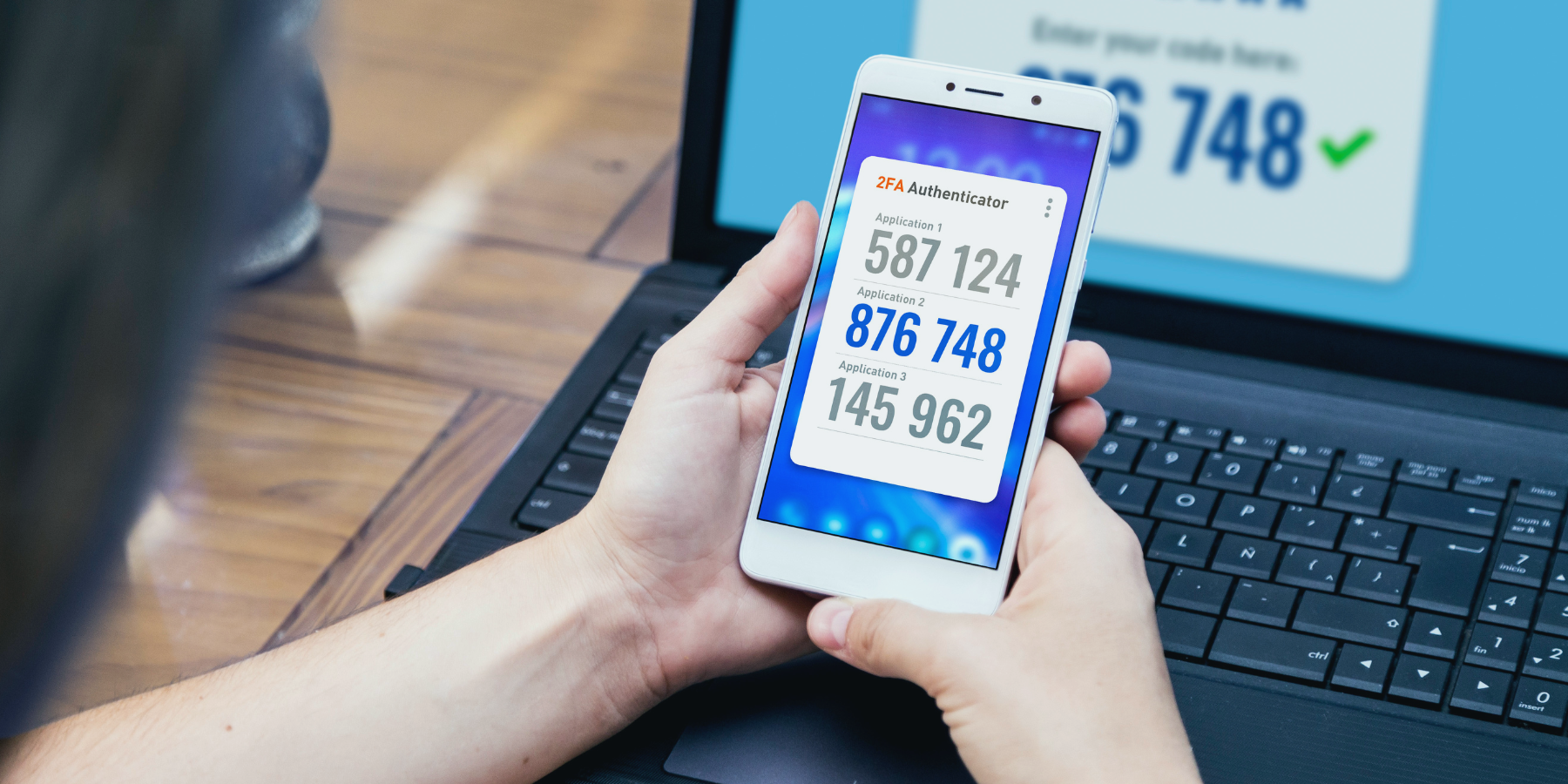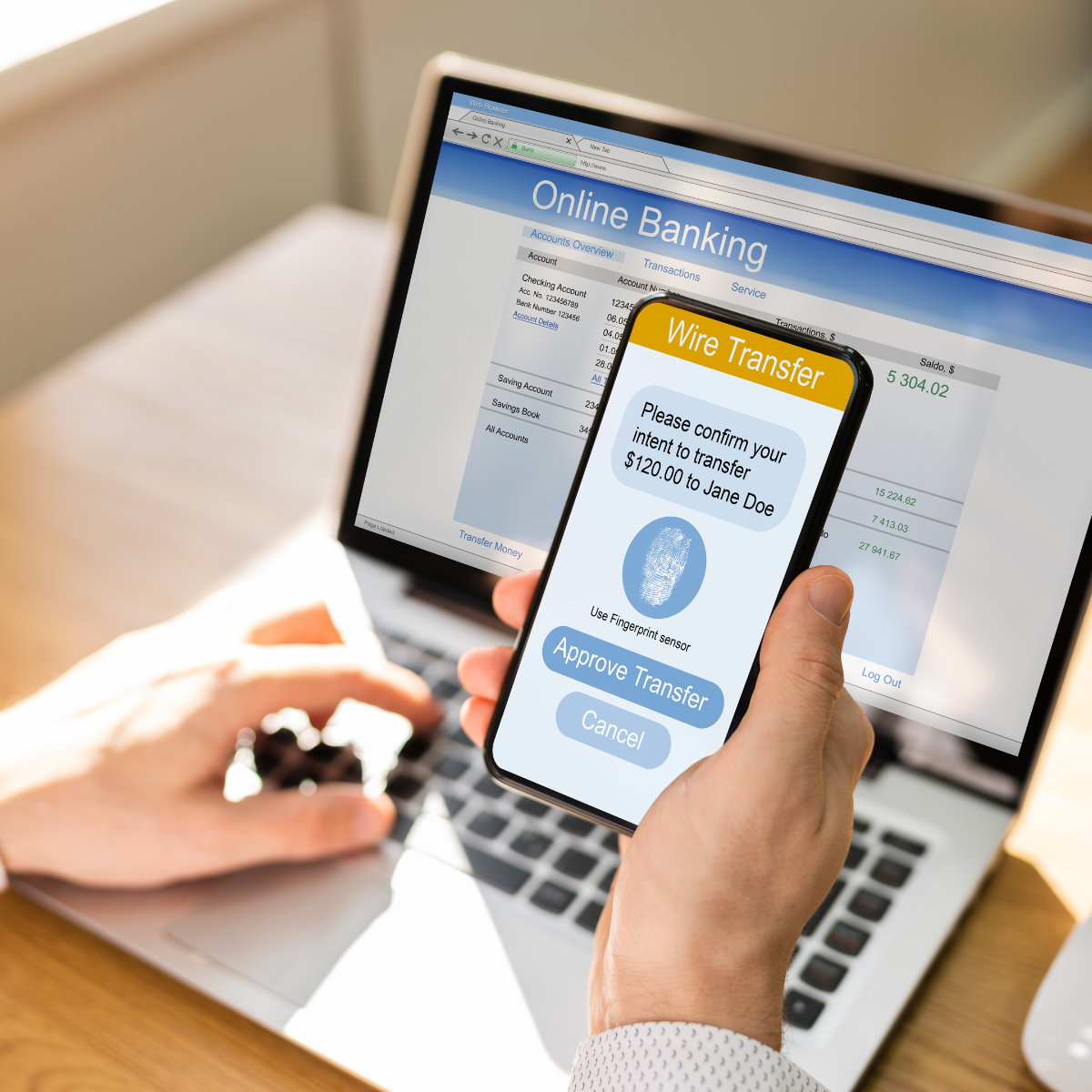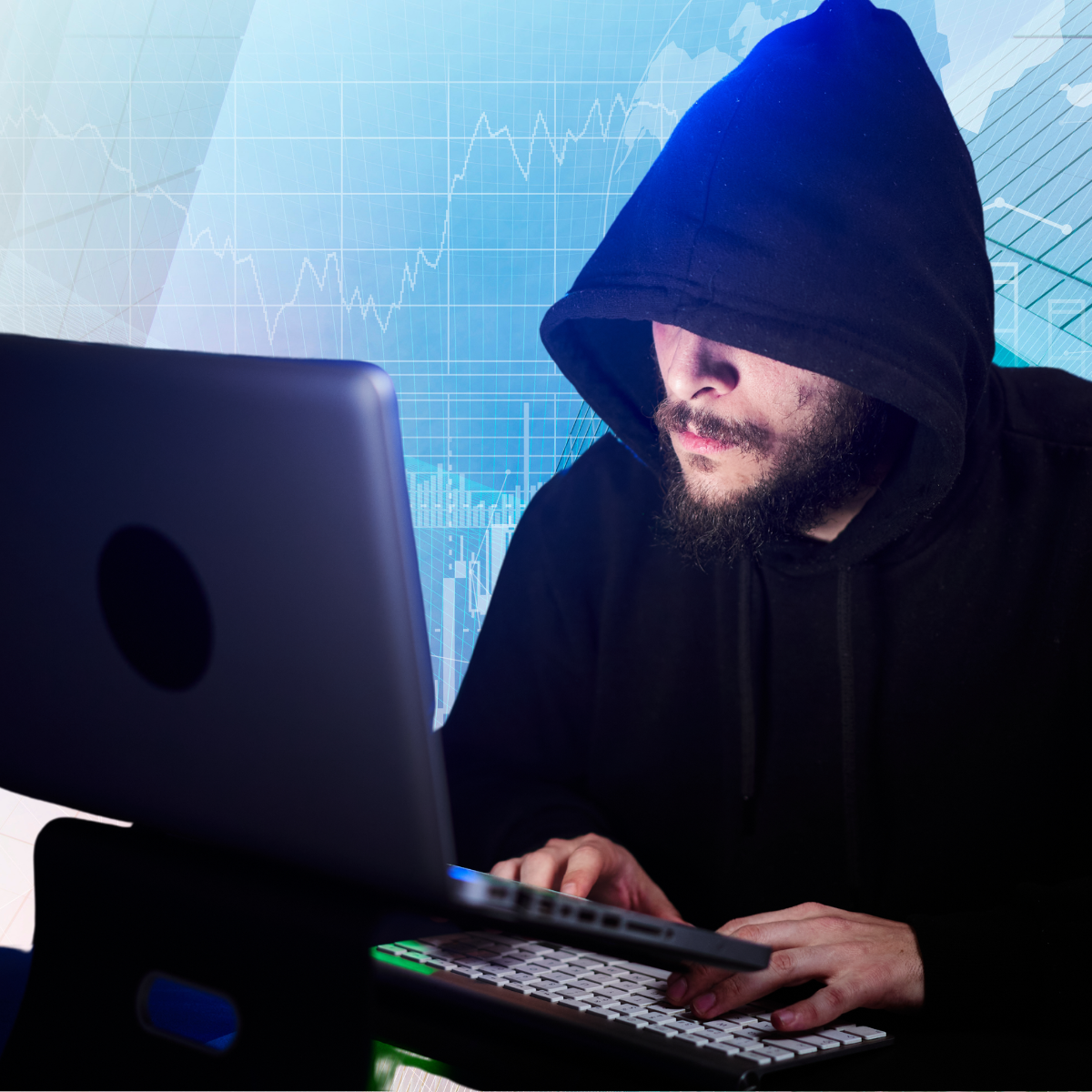Multi-factor authentication (MFA)

Why Multi-Factor Authentication (MFA) is a Must for Your Online Security
In today’s digital world, protecting your online accounts is more important than ever. With cyber threats like phishing, malware, and ransomware lurking around every corner, a simple password just doesn’t cut it anymore. That's where Multi-Factor Authentication (MFA) comes in—a powerful yet easy-to-use security method that adds an extra layer of protection to your accounts.

So, what exactly is MFA?
Think of it as a double (or even triple) lock on your digital door. Instead of relying solely on a password, MFA requires multiple forms of verification to confirm your identity. These factors usually fall into three categories:
-
Something you know:
This usually refers to a password or PIN, which is a piece of information only the user should be aware of.
-
Something you have:
This could be a physical device like a security key or a smartphone that generates time-based one-time passwords (TOTPs).
-
Something you are:
This encompasses biometric data such as fingerprints, facial recognition, or voice recognition, which are unique to the individual.
"Two or more steps to authenticate our identities can make us much more secure taking that extra step beyond just a password can protect everything from your business and your online purchases to your identity and your bank account" says CISA Director Jen Easterly
By incorporating these multiple factors, MFA creates a robust defense against cyber threats, as it becomes significantly more challenging for attackers to acquire all the necessary credentials for unauthorized access.
Why should you care about MFA?
Because it’s one of the easiest ways to protect yourself from cyberattacks. Imagine this; a hacker gets hold of your password through a phishing email or data breach. Without MFA, they can waltz right into your account. But with MFA enabled, they’ll hit a wall when asked for that second verification factor—something they don’t have access to. That extra step can make all the difference.
Multi-factor authentication (MFA) is a critical security measure that significantly enhances your online protection. It functions as an additional layer of security, making it significantly more difficult for unauthorized individuals to access your accounts, even if your password is compromised.
By enabling MFA on all your online accounts, you can significantly strengthen your online security posture and minimize the risk of falling victim to cyberattacks.

Setting up MFA
The best part, is usually quick and straightforward. Many popular services like Google, Facebook, and online banking apps already support it. All you need to do is enable it in your account settings and follow the instructions—usually involving downloading an authentication app or linking your phone number. In just a few minutes, you can significantly boost your online security.
Sure, MFA might seem like an extra step in your login process, but the peace of mind it provides is worth it. It’s a small effort for big protection. So why not take a moment today to enable MFA on your most important accounts? Your future self will thank you!
Stay safe and secure out there! 😊
Written by: DDS Staff